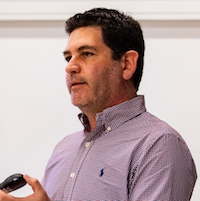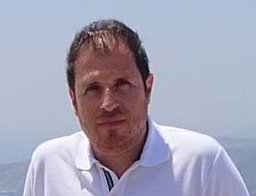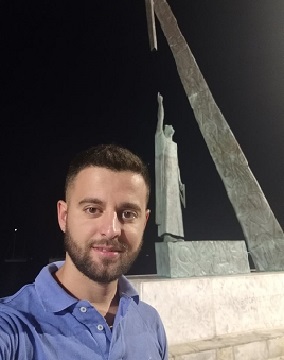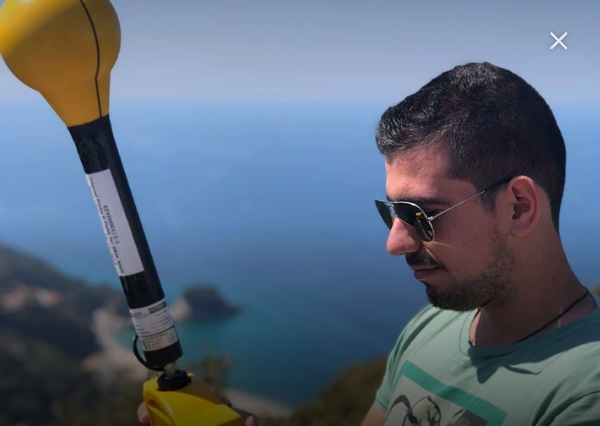SAFERtec is a European Union’s Horizon 2020 research and innovation programme under grant agreement No 732319.
Modern vehicles are becoming increasingly capable of establishing connectivity that allows the rich-information exchange between them and road infrastructure units. The so-called ‘connected-vehicles’ paradigm can bring-about an enormous potential towards safer transportation only if the involved security needs against a variety of ‘new’ threats are confidently satisfied.
The SAFERtec project seeks to in-depth explore the involved vulnerabilities of connected vehicles, apply innovative techniques for attack modeling, experimentally validate the quantification of security assurance levels and also contribute to relevant standards. With a total budget of 3.8 million Euros funded by the European Commission, 9 partners of industrial, SME and academic profile coming from 6 different countries join their expertise to contribute to the vision of introducing a security assurance framework tailored for future networked vehicular technology.
The area of Automotive technology is one of the most prominent to have experienced the trend of developing a plethora of (hardware and software) modules provided by numerous 3rd party entities and having them integrated into an ICT products of advanced functionality.
The emerging Connected Vehicles paradigm shift is expected to dramatically change the way drivers interact with their vehicle and improve significantly traffic safety and efficiency. While introducing new electronic systems, sensors, embedded devices, services, connectivity to the internet, navigation, safety and mobile applications a complex new eco-system is build including among others new vulnerabilities and risks.
Vehicle manufacturers (OEMs), infrastructure providers (cloud, telecom), third parties systems and component providers as well as application and service providers are facing immense challenges towards the design, development, implementation, integration and operation of highly connected ICT components, services and applications for Connected Vehicle systems. All these new possibilities increase the complexity and risk with potential fatal consequences if security, safety and privacy are not adequately addressed.
What is then of the utmost importance is to establish links of trust to foster innovation, societal acceptance and market uptake. Formal procedures for assuring and certifying products, systems and services adherent to relevant standards and practices, is one relevant key enabler. The SAFERtec concept is based on those key findings and thus aims to propose an Assurance Framework for enhancing trust by providing formal methods, processes, techniques and tools that will facilitate the assurance of security, safety and privacy.
SAFERtec will design an agile security assurance framework tailored for V2I Automotive settings and evaluate the results of its application relying both on careful comparison with current standardized frameworks, best practices and recommendations but also experimentation means. A Connected Vehicle System (i.e., vehicle connected with infrastructure) developed and integrated by the consortium partners will cover a wide range of the respective stakeholders (OEM, On board units, SW, application and service providers). SAFERtec will then incorporate the designed framework in a modular and extendable Assurance Framework Toolkit to provide estimations of security assurance levels for a range of automotive scenarios.








